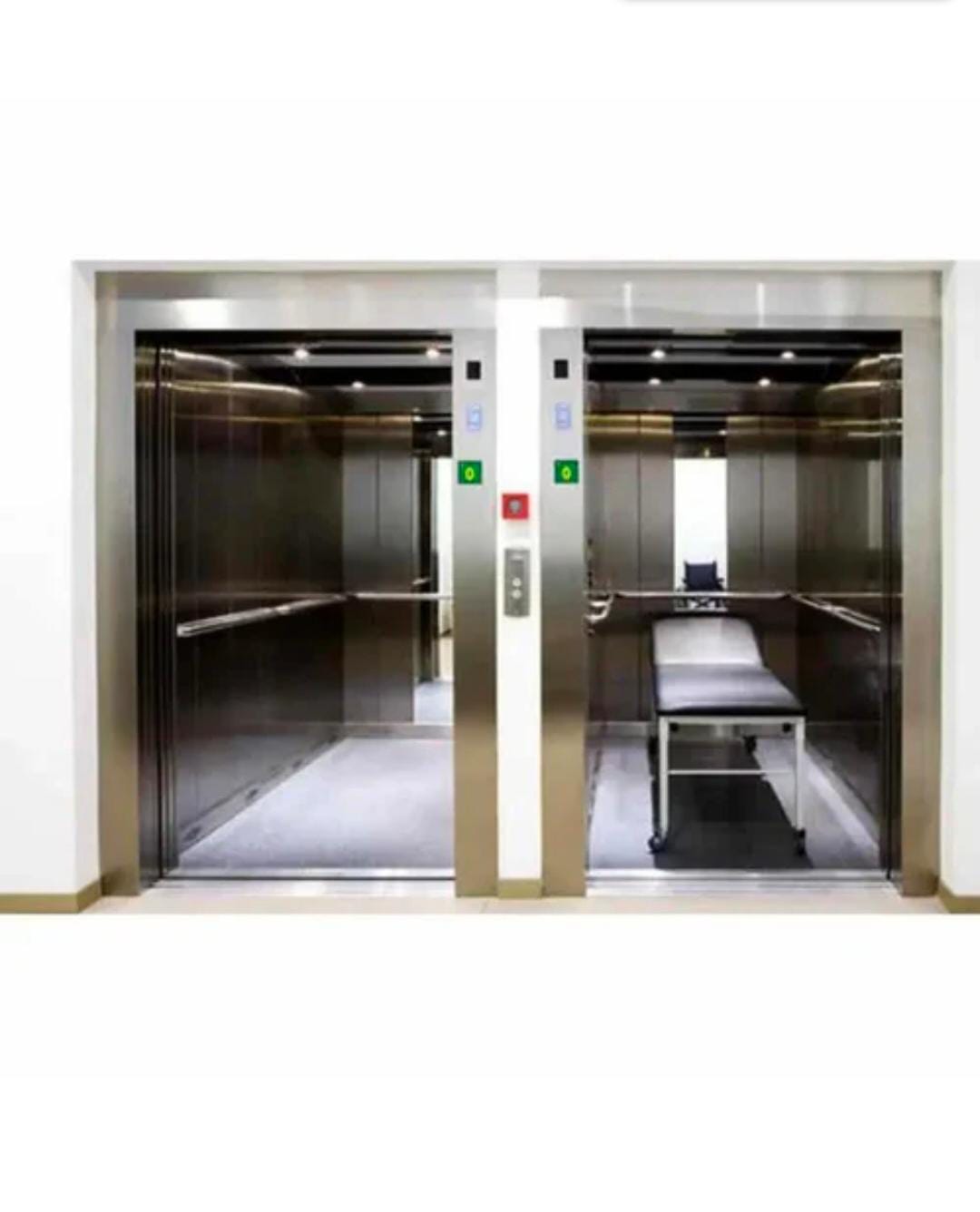Elevating Patient Care: Hospital Structure Elevator Solutions
Introduction: In the intricate web of healthcare delivery, smooth and efficient vertical transportation is paramount to ensure timely access to critical services and facilities within hospitals. Elevators play a vital role in facilitating the movement of patients, medical staff, and equipment throughout the complex hospital structure. In this guide, we delve into the importance of tailored elevator solutions designed specifically for hospital environments and the unique considerations involved in their implementation.
1. Patient-Centric Design: Hospital structure elevators require a patient-centric approach to design and functionality. From spacious cabins to accommodate stretchers and wheelchairs to gentle acceleration and deceleration to minimize patient discomfort, every aspect of the elevator system must prioritize the well-being and comfort of patients. Features such as handrails, visual aids, and clear signage further enhance accessibility and ease of navigation for patients with diverse needs.
2. Efficient Vertical Flow: Efficient vertical flow is essential in hospital elevators to ensure timely access to critical care areas, surgical suites, diagnostic facilities, and patient rooms. Elevator systems must be meticulously designed to handle the unique traffic patterns and peak usage times within the hospital structure. Advanced destination dispatch systems, predictive algorithms, and traffic management strategies optimize elevator operations, reducing wait times and congestion to enhance overall efficiency and patient satisfaction.
3. Integration with Hospital Operations: Hospital elevators must seamlessly integrate with the broader operations of the healthcare facility. They serve as lifelines connecting different departments, units, and floors, facilitating the flow of patients, medical staff, and supplies. Integration with hospital communication systems, patient tracking technologies, and emergency response protocols ensures coordinated care delivery and rapid response in critical situations, enhancing patient safety and outcomes.
4. Compliance and Safety Standards: Hospital elevators are subject to rigorous compliance and safety standards to protect the well-being of patients, staff, and visitors. Elevator systems must adhere to regulations governing accessibility, fire safety, emergency evacuation, and infection control in healthcare settings. Compliance with standards such as the Americans with Disabilities Act (ADA), National Fire Protection Association (NFPA), and healthcare-specific guidelines ensures that hospital elevators meet the highest safety and regulatory requirements.
5. Future-Proofing and Scalability: In designing hospital structure elevators, consideration must be given to future needs and scalability. As healthcare facilities evolve and expand, elevator systems should be flexible and scalable to accommodate changes in patient volumes, technology advancements, and facility expansions. Modular designs, adaptable control systems, and provisions for future upgrades ensure that hospital elevators remain efficient, reliable, and aligned with evolving healthcare demands.
Conclusion: Hospital structure elevators are more than mere conduits for vertical transportation; they are integral components of patient care delivery and hospital operations. By prioritizing patient-centric design, efficient vertical flow, integration with hospital operations, compliance with safety standards, and future-proofing, tailored elevator solutions enhance the functionality, safety, and patient experience within healthcare facilities. Elevate patient care and operational efficiency in your hospital structure with customized elevator solutions designed to meet the unique needs of healthcare environments.
